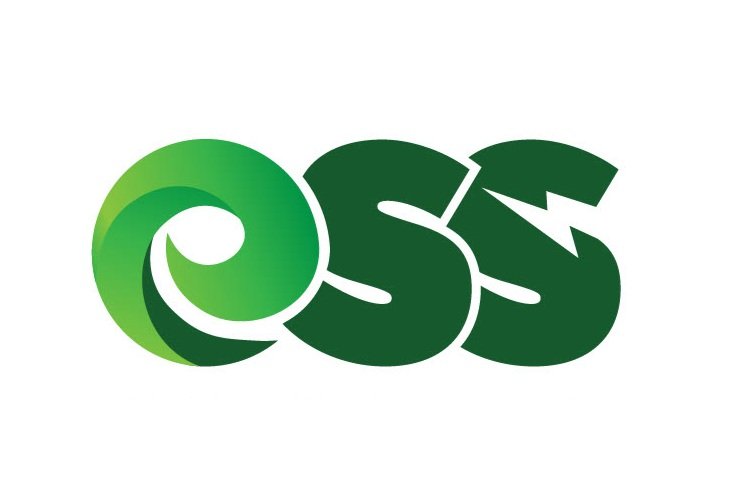DIY Solar Panel Installation Costs: A Comprehensive Guide
Introduction
Going solar is not just a trend; it's a movement towards sustainable living. Whether you're a homeowner looking to cut down on energy costs or an eco-warrior aiming to reduce your carbon footprint, DIY solar panel installation is an option worth considering. In this article, we'll explore the costs involved in DIY solar panel installation and how it compares to professional installation.
The Cost Breakdown
When it comes to DIY solar panel installation, understanding the cost breakdown is crucial. Here's how the average costs stack up:
Solar Panels
The lion's share of your budget will go towards the solar panels themselves. Expect to spend around $4,000 on this component.
Inverters
Inverters convert the DC power generated by your solar panels into AC power that your home can use. Budget around $1,000 for this.
Wiring and Other Components
Wiring, connectors, and other miscellaneous components will set you back around $500.
Installation
If you're doing it yourself, the installation cost is mostly your time and effort. However, you might need some specialized tools, costing around $300.
Permits
Don't forget the cost of permits, which can be around $200 depending on your locality.
DIY vs Professional Installation
Is DIY solar panel installation worth it compared to professional installation? Let's compare:
Ease of Installation
DIY solar installation is relatively easy but requires some technical know-how. Professional installation is hassle-free but comes at a cost.
Cost-Effectiveness
DIY installation is generally more cost-effective, especially when you consider the potential for incentives and rebates.
Efficiency and Maintenance
While professional installations are generally more efficient, DIY installations are not far behind and are easier to maintain.
Incentives and Rebates
One of the biggest perks of going solar is the potential for various incentives and rebates. Here's a look at potential savings:
Federal Tax Credit
You can get a federal tax credit covering 26% of the installation costs.
State Rebates
State rebates can offer an additional 10% off your installation costs.
Local Incentives
Local incentives can vary but generally offer around 5% in savings.
Conclusion
DIY solar panel installation is a viable option for those willing to invest some time and effort. Not only can you save money, but you also have the satisfaction of contributing to a greener planet.
Frequently Asked Questions (FAQ)
-
Yes, DIY solar installation is generally more cost-effective than professional installation. You can save up to 20-30% on installation costs.
-
The average cost for a DIY solar system ranges from $5,000 to $8,000, depending on the size and components. This includes solar panels, inverters, wiring, and permits.
-
Absolutely! You can purchase solar panel kits and components from various suppliers. However, make sure to check local regulations and permits before starting the installation.
-
For a 2000 square foot house, you'd typically need around 20 to 25 solar panels, assuming average energy consumption and sun exposure. This can vary based on your specific energy needs.






